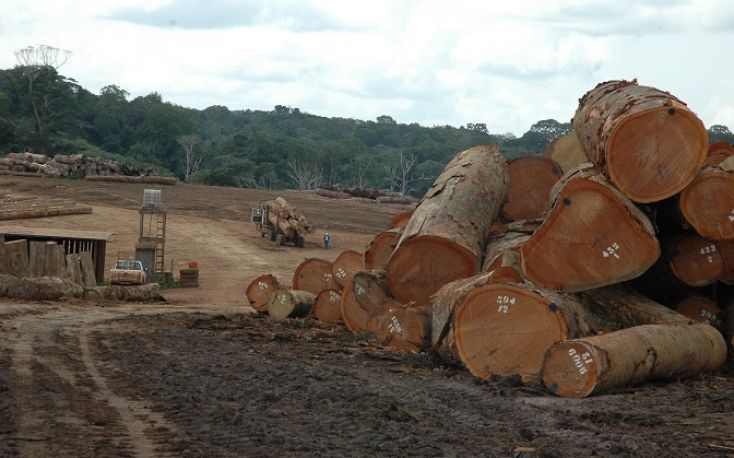European timber businesses suggest a range of factors that may explain the apparent dichotomy between good underlying demand for hardwoods and the sharp fall in imports of tropical wood in 2017. Some are short-term trade trends, others longer-term international market structural changes.
According to some importers, one reason is adjustment after over optimistic buying in 2015 and 2016. Trade was further disrupted in 2017 by particularly heavy seasonal rains in both Africa and Asia.
Worsening congestion at the Cameroon port of Douala, due to supply bottlenecks following the rains, combined with lack of dredging resulting in reduced vessel load factors, added to problems in West Africa.
While also pointing out that a significant proportion of timber shipped into their country is en route to other European markets, Belgian importers also attributed the dramatic fluctuation in its imports from Cameroon from 2015/16 to 2017 to post-recession improvement in supplier mills’ capacity and efficiency.
Long lead times immediately after the international downturn, in some cases extending to two years, led to some Belgian importers increasing order volumes to secure sufficient stock.
However, as Cameroon mills improved performance, numerous orders were reported arriving in quick succession in 2016. That resulted in excess stocks in 2017 and further orders being reined back until these had been cleared.
The downturn in EU tropical imports is also attributed to international economic improvement and increase in demand elsewhere, with supply diverted to other such healthy markets as the US, Middle East and, most notably, Vietnam and China.
Rising demand in the latter is put down particularly to the continued rise of the country’s affluent middle class and consequent growth in domestic consumption of timber and wood products. While referring to temperate hardwood, this is most clearly illustrated in American Hardwood Export Council (AHEC) statistics for Chinese timber imports from the US.
As little as a decade ago, AHEC estimates that 85% of China’s US hardwood imports were re-exported as manufactured goods, with just 15% staying in China. Today that ratio is almost exactly reversed and the vast bulk is consumed in the Chinese market.





Leave a Reply